Archaeologists have discovered the oldest human-built structure ever found, but our species of humans didn’t build it. What scientists know about it is that it’s extremely old and built by a species that predates our own by thousands of years. What can we learn from this discovery? How does it change what we already know about humanity and our evolution as a species?
Evidence Of Tool Use and Construction
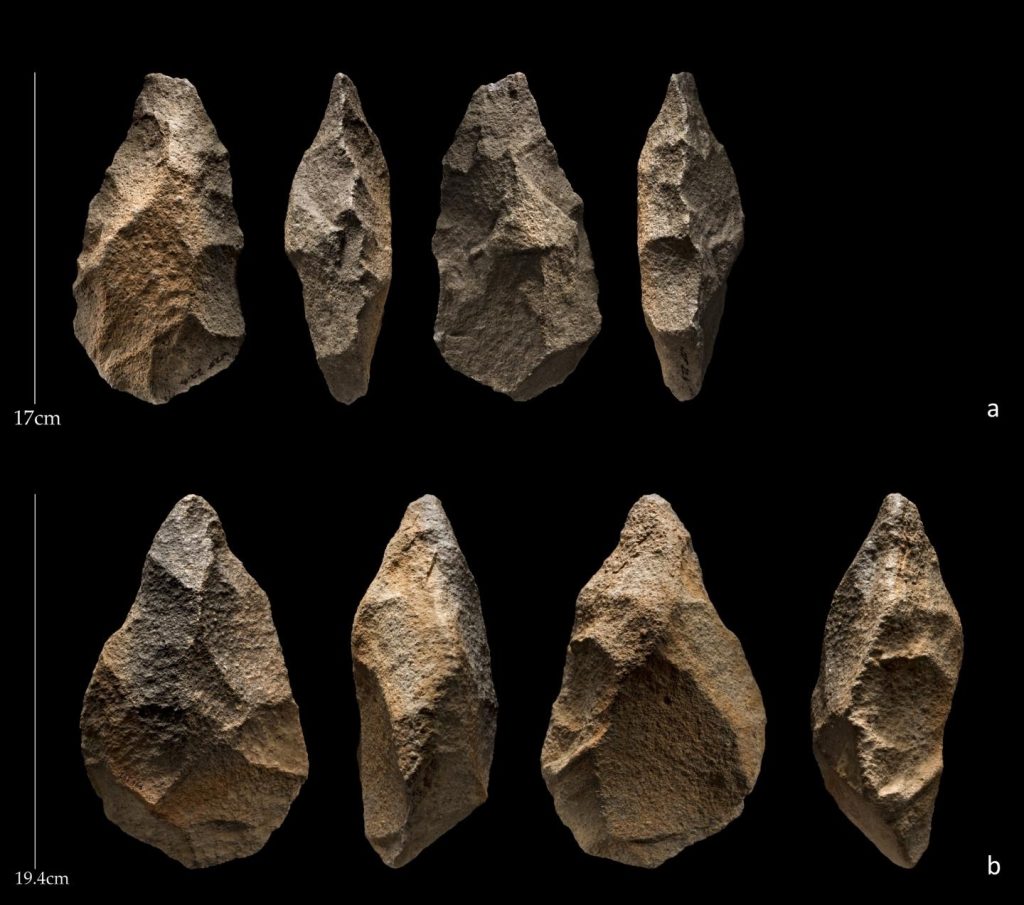
To determine if a species is intelligent, scientists look at whether they can use tools and what they use them for. Throughout the archaeological record, we’ve seen older species of hominids use tools to do things like skin animals or cut up carcasses.
What Tools Did These Ancient Hominids Use?
Our ancient precursors used wood for a wide variety of uses, spanning from creating fires to making spears. These nomadic tribespeople would typically utilize wood for things that they needed at any point in time. However, before this discovery, we had assumed that all they used wood for was as an expendable resource.
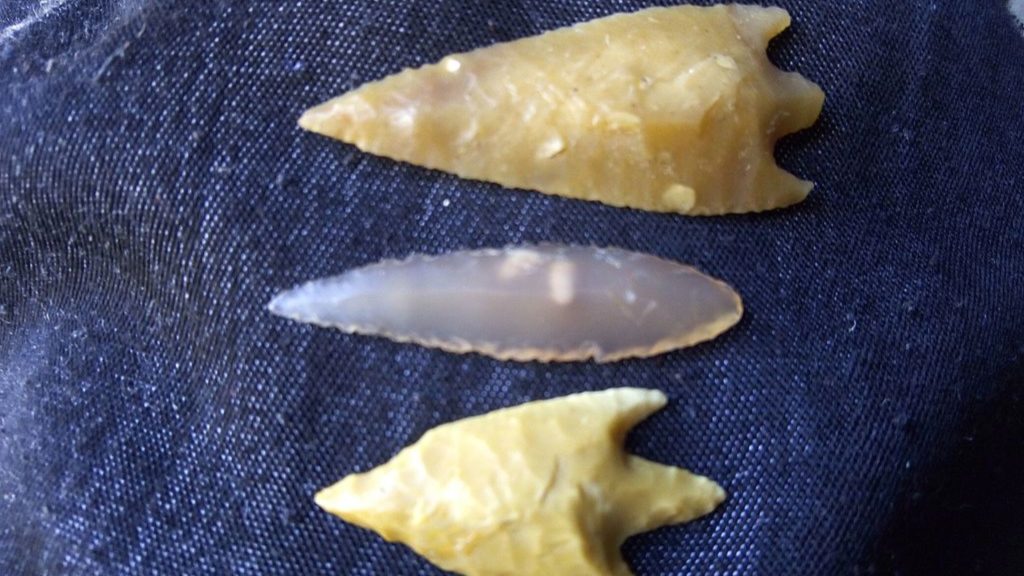
The discovery in this area changes how we see ancient hominids of this species. The construction discovered outlines that the tribespeople used wood to construct something far more long-lasting. It may even force us to rethink what we know about their lifestyle as nomadic peoples.
Did Our Ancestors Understand Basic Construction Standards?

The structure discovered is that of a sort of bridge – an elevated wooden structure over marshland. The shape of the building suggests that the people who put it together knew how to use tools and understood basic construction.
Why Is it Surprising That The Structure Was Built Here?
The area just upriver of the find may have been one of the most perfect places for ancient civilization to occupy. This area was a floodplain and would have featured a lot of small lakes and minor waterways. The hunting in this area would have been superb throughout the year.
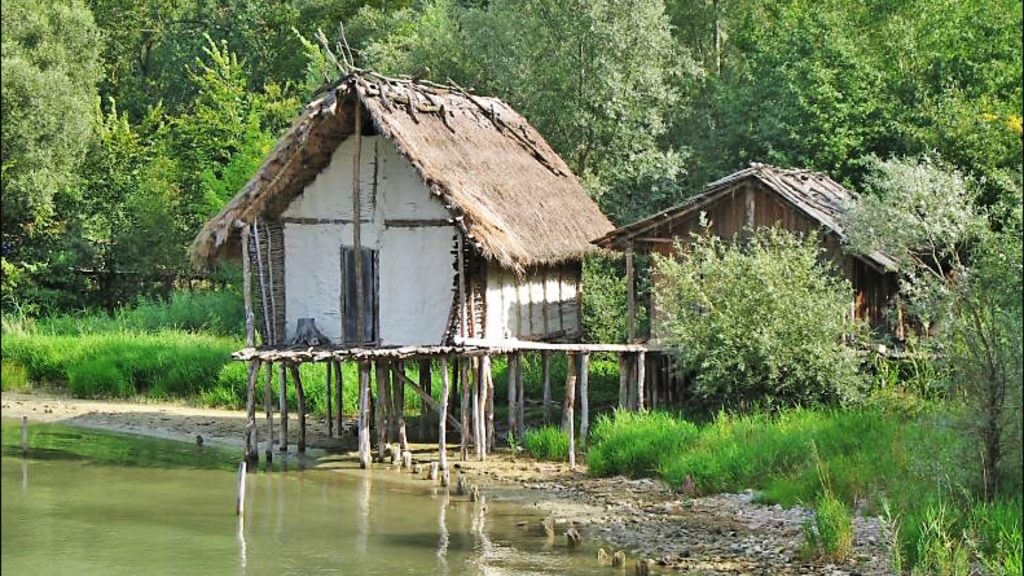
The construction of a building here shows that the nomads may have returned to this area over time as a hunting destination. This structure may have been a hunting lodge, allowing this tribe (and possibly others) to take full advantage of the area’s wildlife while not having to go too far to retire after each hunting day.
Finding Remnants Of Our Ancient Past
The find was made near Kalambo Falls in Tanzania as part of a broader scope of projects in the region. Right above the falls is an area of marshland, small lakes, and woodlands. Lower down is a massive three-mile-long river canyon that flows into Lake Tanganyika.
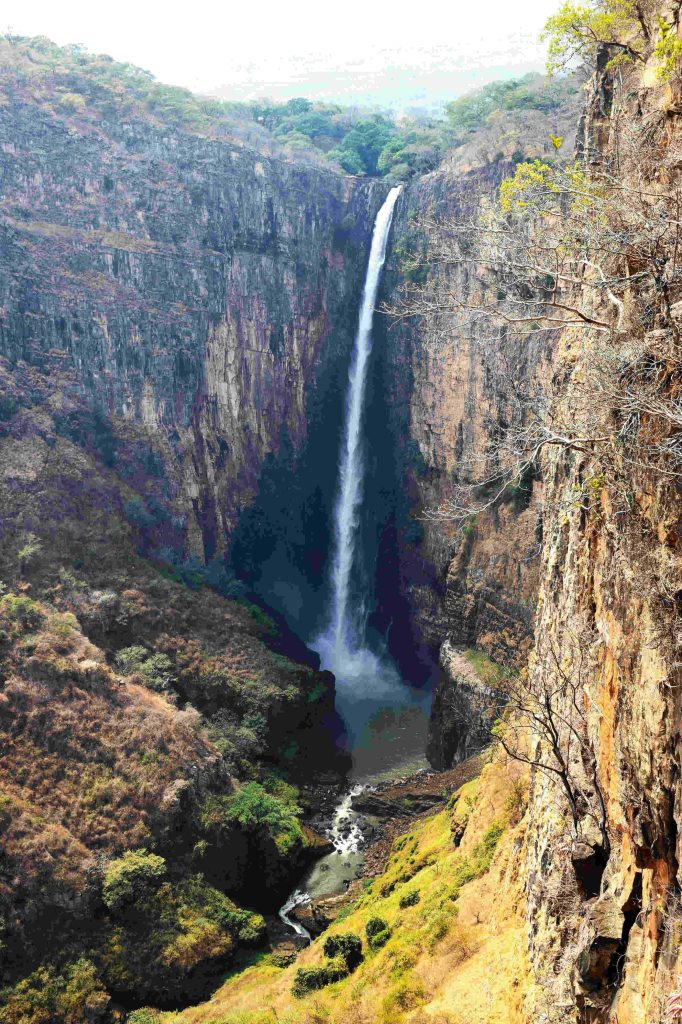
Early humans found places like these perfect for settling since it was close to a water source, had abundant food stocks, and had a never-ending supply of animals due to the river. It’s not surprising that we’d find remnants of a settlement here. What is surprising is the rudimentary bridge.
A Surprising Structure
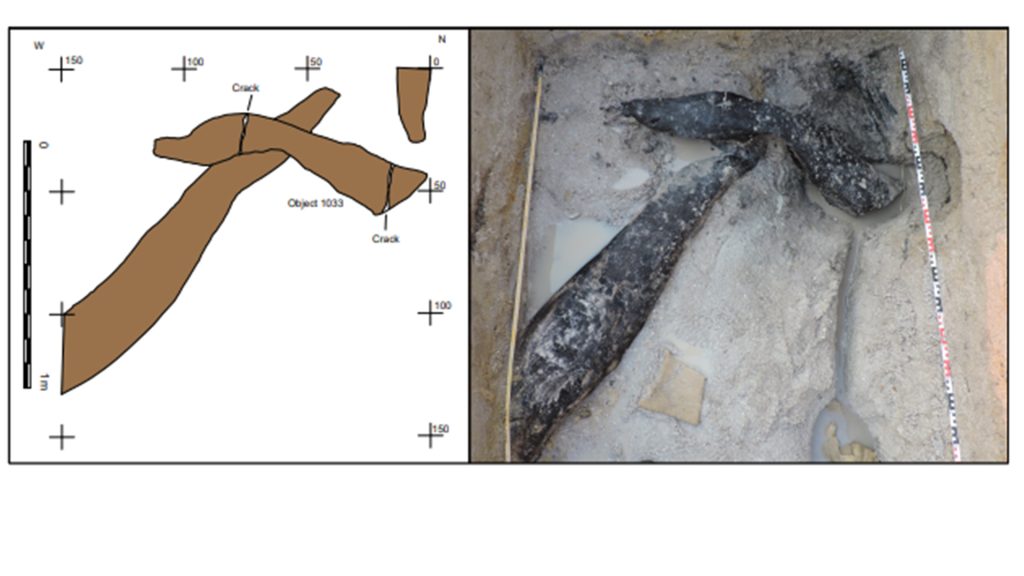
On excavating the area, archaeologists spotted a tree trunk that was tapered at both ends. A U-shaped notch was carved into its side where another tree was rested across it, effectively “locking” it into place.
Well-Preserved Materials
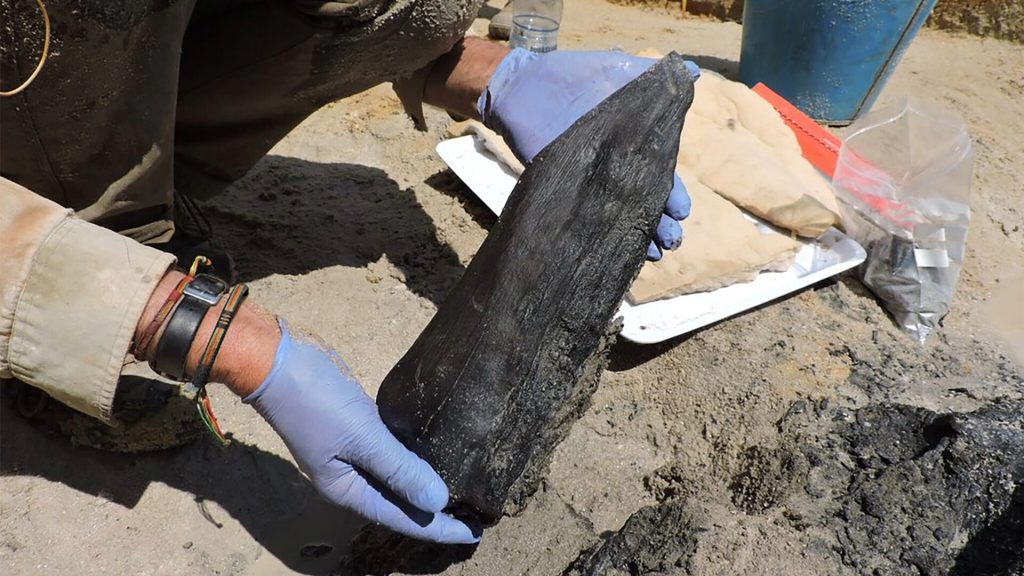
What was even more shocking was how well-preserved the wood is. Typically, wood degrades quickly, but these specimens were in perfect condition. Scientists suggest the wood was preserved because of the high water levels, slowing down decay.
How Was Wood Able To Survive For So Long?
Typically, construction materials like wood decay rapidly. This presents a massive challenge for archaeologists who try to piece together the past from the remains of buildings. Decayed wood leaves no traces, but in this case, the wood remained in a state where archaeologists could locate it and even see how it connected to other wooden beams.
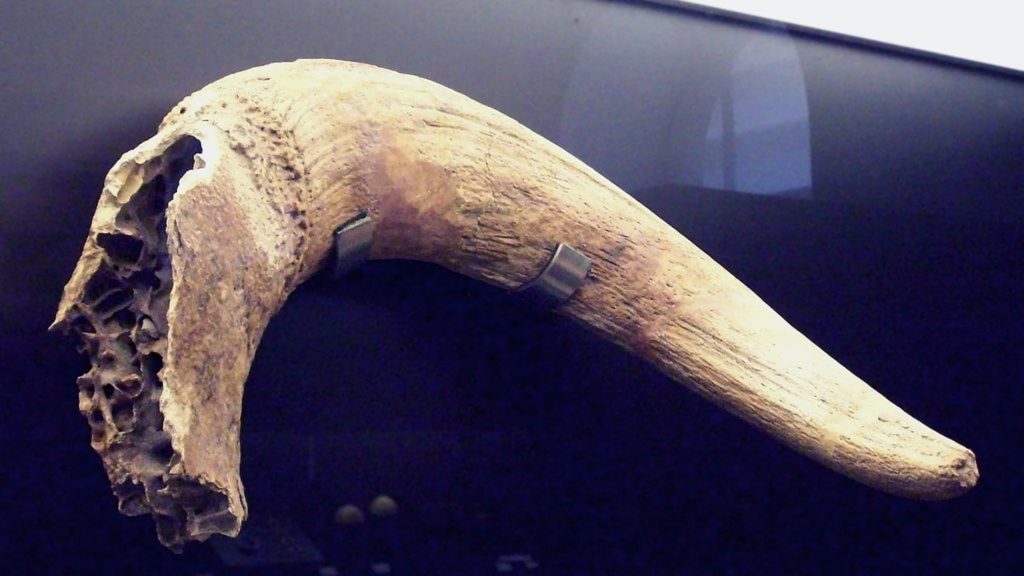
The answer to this riddle lies in where the wooden building collapsed. Since the area was a floodplain, the building’s materials would have sunk under the boggy water, preventing microbes from making the wood decay. Several hundred thousand years later, it’s in the place we discovered it, as intact as it was when it collapsed.
Raising A Few More Questions
A wooden structure like this would suggest a less nomadic and more structured lifestyle, or it could be a suggestion that it’s a transition towards that lifestyle. Because there isn’t a lot of evidence remaining of why ancient hominids would build a structure like this, we have to base it on what we know about their lifestyles.
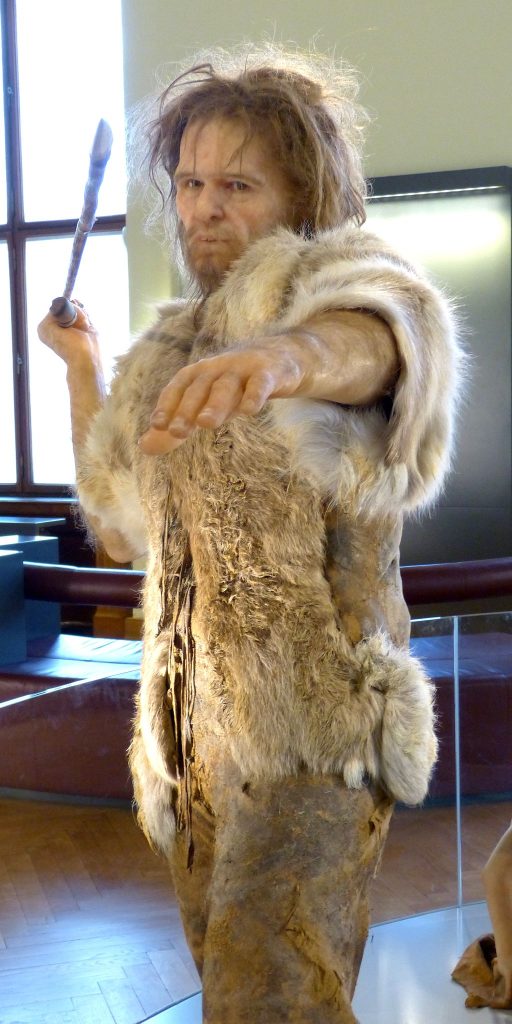
Did they change how they lived because of the abundance of food on this floodplain? Since no other buildings are nearby, it denies this was an established settlement. So the question remains: what were these people using this tribal outpost for? And how did they come to build it in this way?
Exactly How Old Is the Structure?
According to archaeologists, the structure dates back to around 476,000 years. Our species, Homo sapiens sapiens, wasn’t around back then. Instead, the dominant species was a precursor to our own known as Homo heidelbergensis.

These hominids existed around 600,000 years ago and colonized most of the African continent, extending into areas of Europe. They went extinct about 300,000 years ago, most likely because of competing hominids like our early ancestors.
How Was The Structure Discovered?
The dating of the structure was done using unconventional means. Commonly, dating old structures uses carbon dating or something along those lines. This structure was dated using luminescence dating, which looks at when the surrounding sand’s minerals were last exposed to light.

Previous excavations of the area were done in the 1960s, and some artifacts were uncovered. However, the importance of those findings was not apparent since it was impossible to date them at that time.
What Does This Tell Us About Early Humans?
Many people like to think that early humans were not very smart. This usually comes from the idea that they had smaller brains than modern humans. Yet the discovery of this structure suggests that they were more intelligent than we give them credit for.
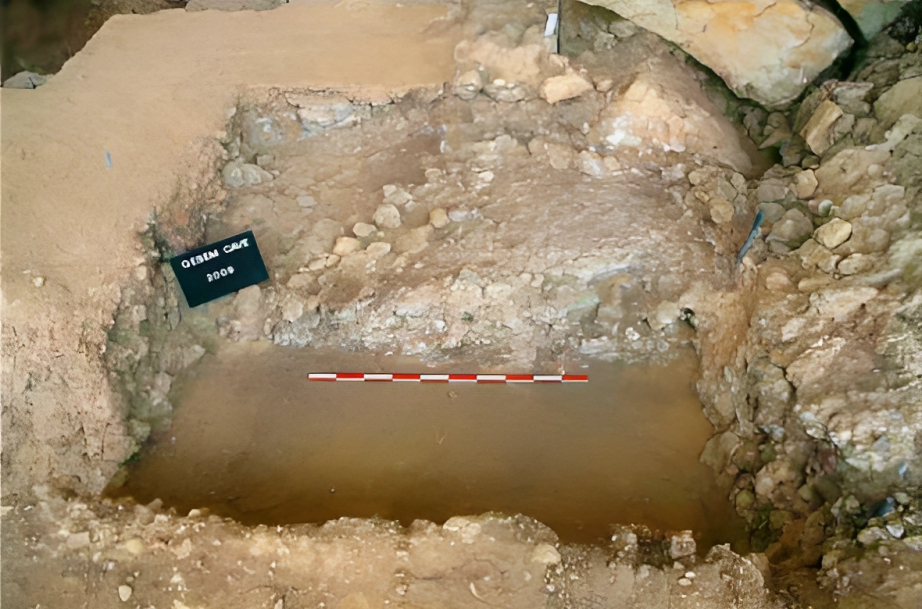
This 400,000-year-old structure also suggests humans have been building things for far longer than we assume. Prior to this, other findings have been dated to 100,000 years later than this one, suggesting Homo heidelbergensis was quite a lot smarter than scientists initially thought.
A Precursor With a Lifestyle
Many scientists think that prehistoric tribes were nomadic, but this may change that point of view. The fact that Homo heidelbergensis built a permanent structure suggests that they were not constantly on the move. They might have had more settled lifestyles than we assume.
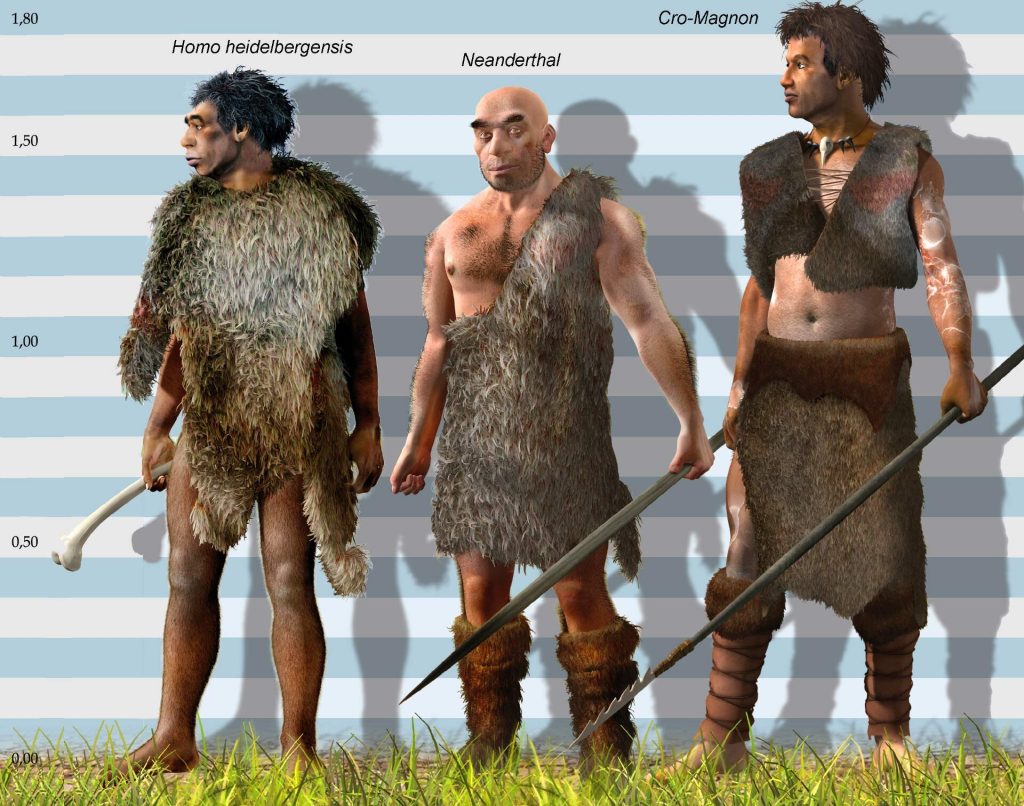
Another thing it changes is our view on human social interaction. Whether it’s because we considered them less intelligent than they turned out to be or not, we assumed Homo heidelbergensis never had a social life. This structure and its use suggest otherwise.
How Did the People Who Built It Know How?
If you were expecting us to say aliens, you’d be disappointed. Based on the structure’s construction, it’s likely that some of the knowledge was derived from previous construction methods used in shelters.
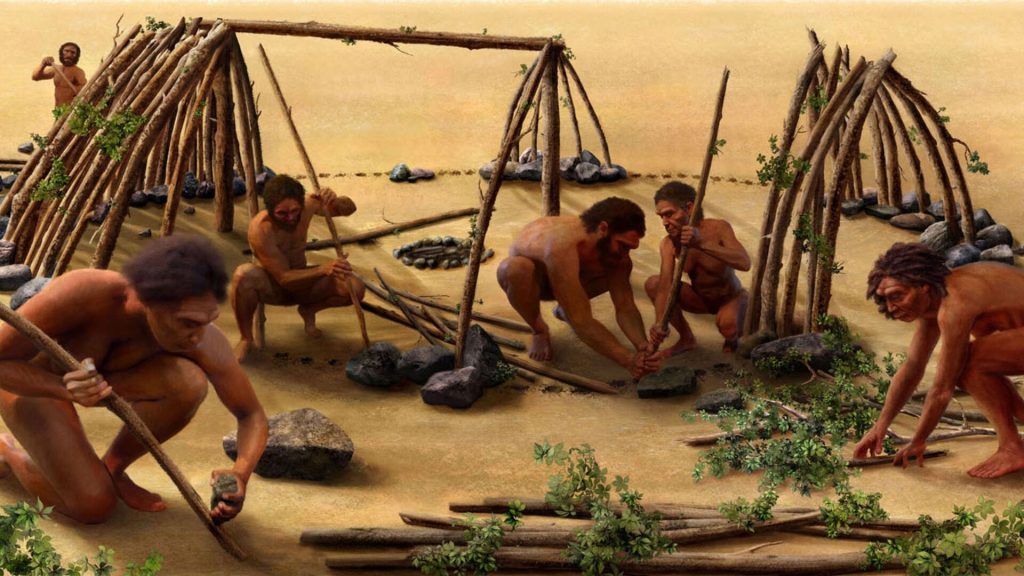
The Structure
Archeologists suspect that the structure’s construction used some knowledge of shelter construction. However, the innovative approach of the notch holder is unique to any structure we’ve seen around this same time.
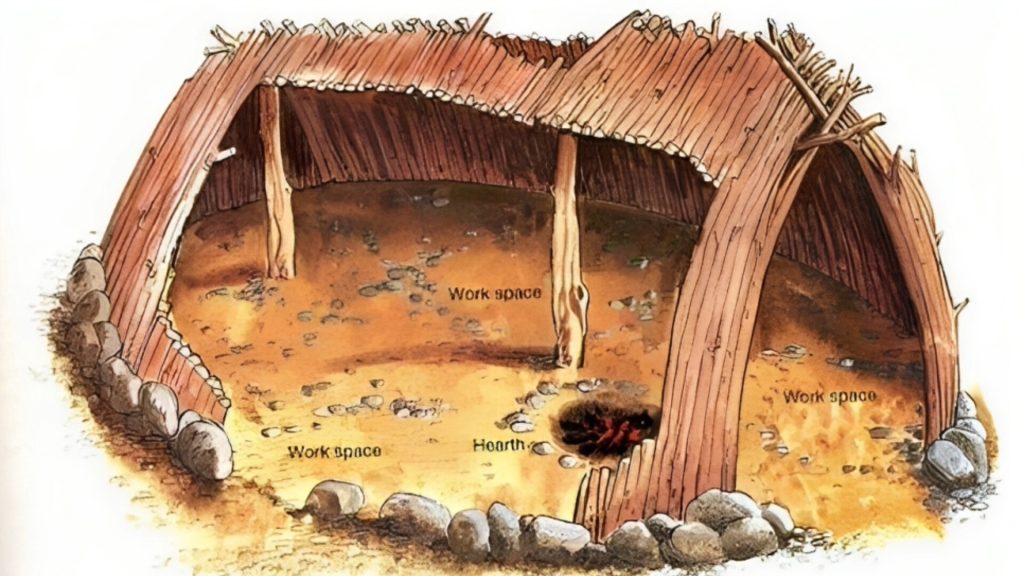
As noted, wooden structures tend to decay really quickly, and if this construction methodology were widespread, modern archaeologists would never have come across it before this well-preserved specimen.
Construction Technology Changes With Time
The earliest settlements we have uncovered show deeply rooted civilizations with complicated building structures. Yet, as we go back to scattered settlements, many ancient people lived in caves together with other members of their tribe, sharing food and collective protection.
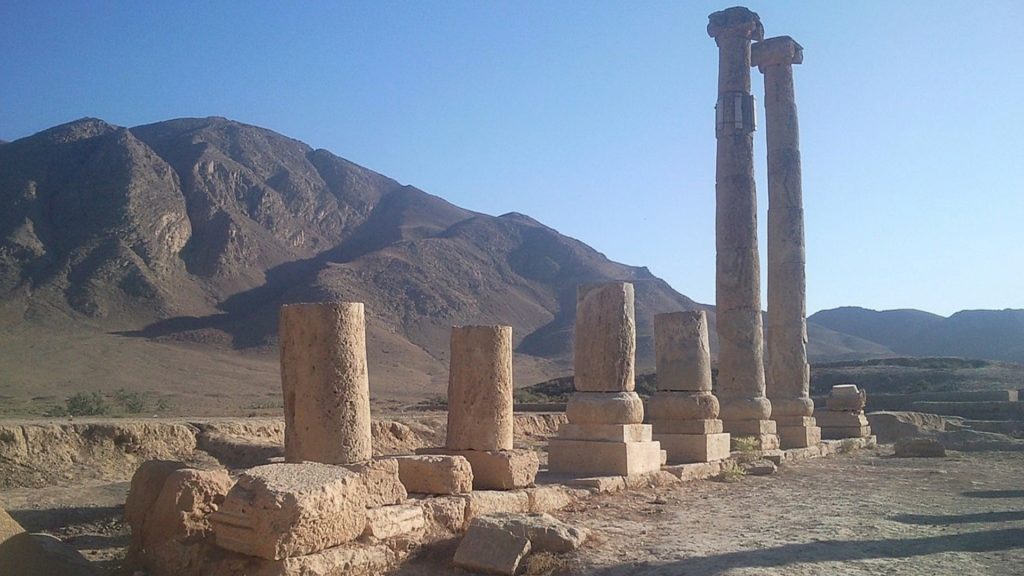
As humans left caves before they got to the point of erecting villages out in the open, we assume they were nomadic for some time. This building suggests that while the tribes may have been semi-nomadic, they may also have built temporary structures that they revisited as time passed.
Why Did They Build It?
Based on what scientists have said, the structure was an elevated area allowing Homo heidelbergensis to cross over a waterlogged tract of land. The place it was built in was probably marshland during the time that the building existed.

The structure made it easier for the early humans to get to their hunting camp or gathering point. Some suggestions also mention that it was probably an approach to a butchery facility where they would skin and cut up the meat and then distribute it around the tribe.
Putting History Into Perspective
The story of humanity starts much earlier than any of us might think. Over hundreds of thousands of years, minor changes have made us who we are today. Yet many of those changes to our bodies and our society were never recorded.
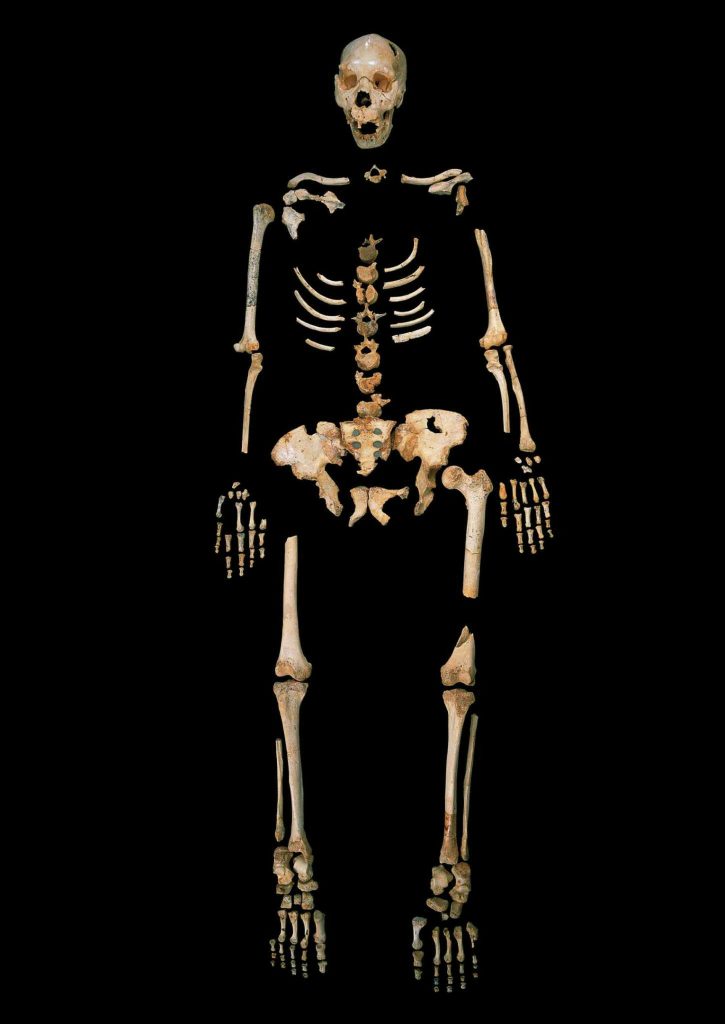
These discoveries give us a glimpse into what human life was back then. Every once in a while, we stumble across something that changes our entire conception of early humans. This discovery might just be one of those happy accidents.






